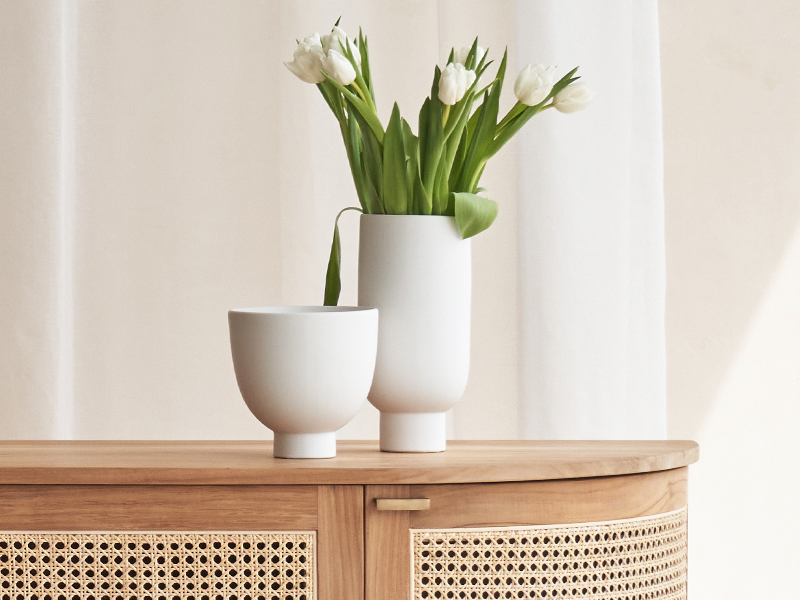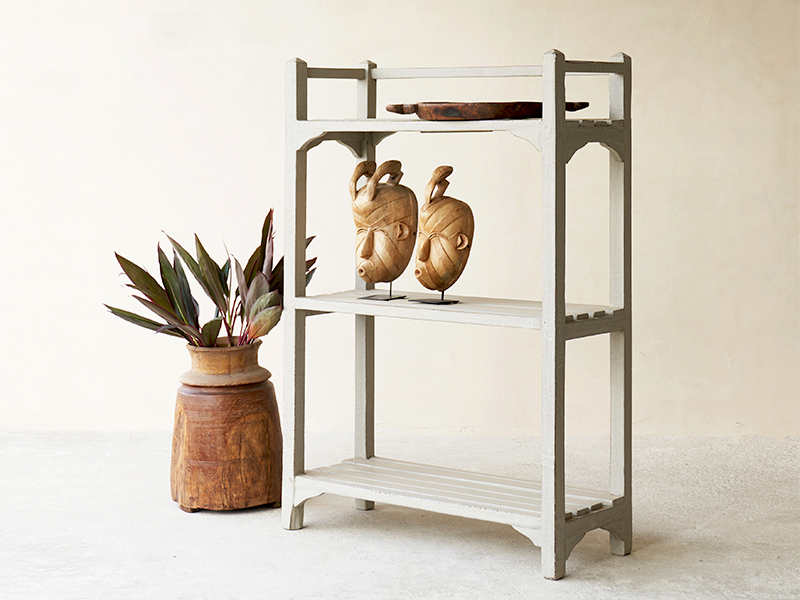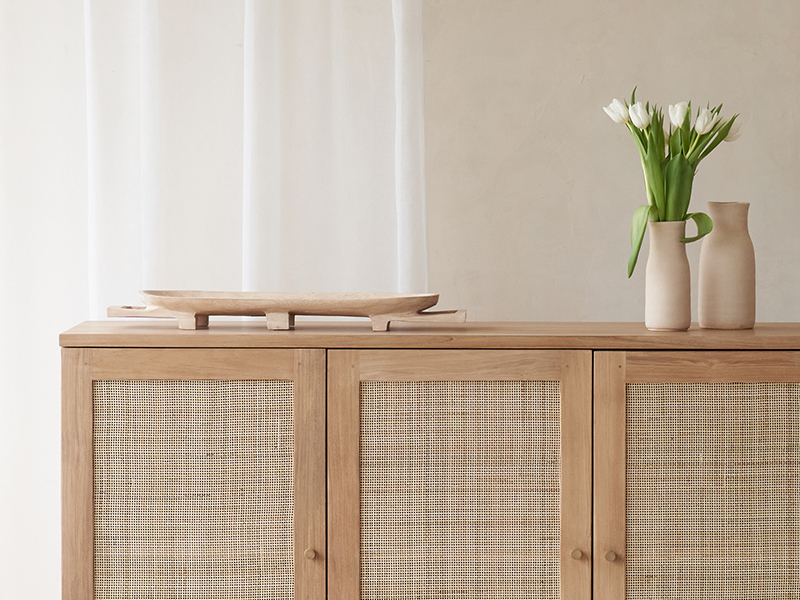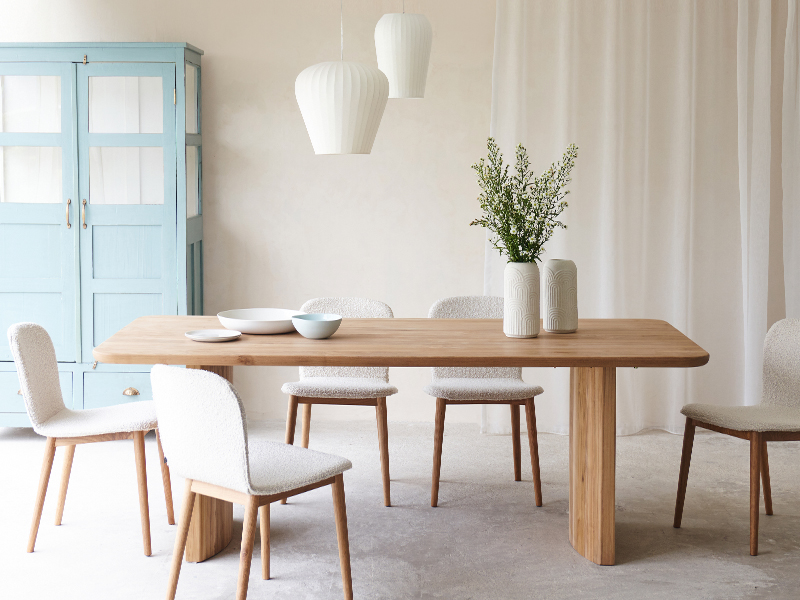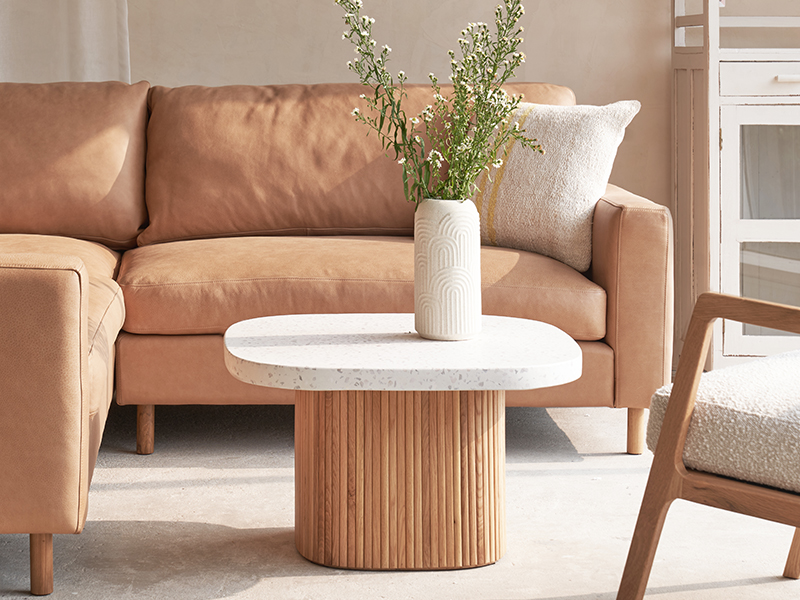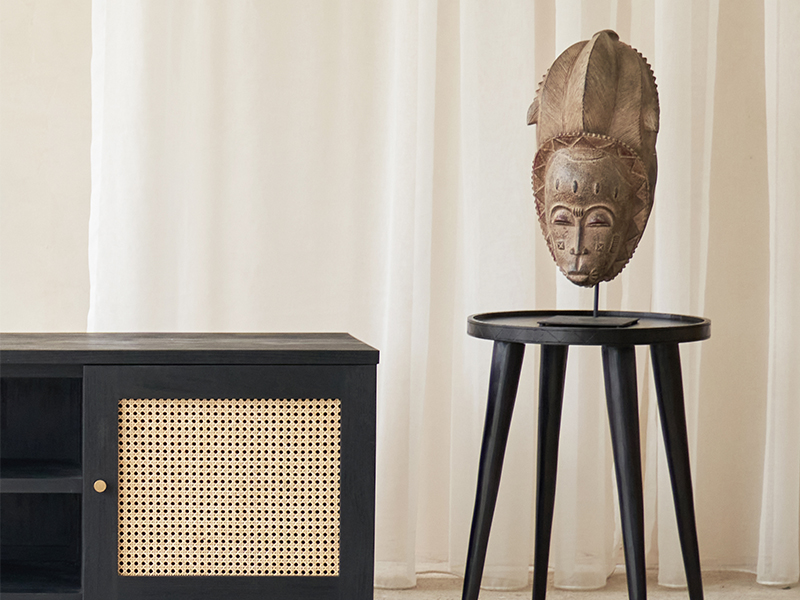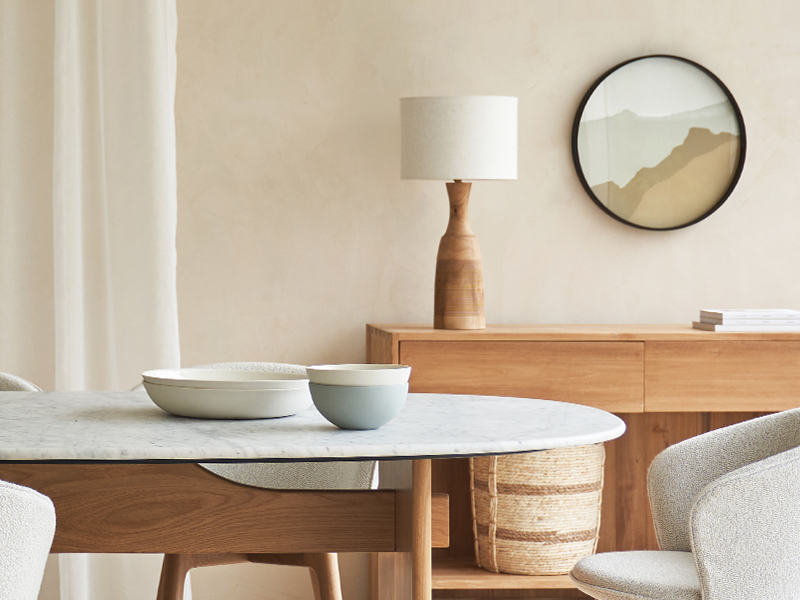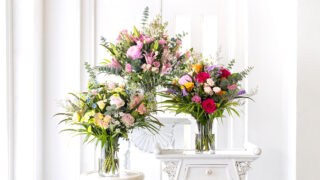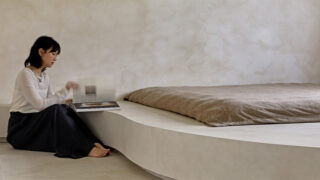These top homeware stores in Singapore carry the right balance of furniture, home accessories and beautiful home décor ideas. This means that whether you’re moving to Singapore or changing homes, you can find great home décor in the style you like under one roof. Some of these homewares make fab housewarming gifts too, and you can shop online with delivery or enjoy the in-store experience!
Originals
This has been one of Singapore’s favourite home décor and furniture stores for many years. It’s the clean and elegant living style of the pieces combined with Asian artistry and history that give Originals its ‘spice’. It’s also a great choice for anyone looking at home accessories for comfort, functionality and style.
The Originals team is passionate about the environment and committed to its protection, so it ensures all its processes are as clean, energy-saving and renewable as they can be. From beautiful cabinets from India to tables made using reclaimed teak from Java, the possibilities are endless with recycling. The quality of each piece is also assured, as it gets restored to perfection by a team of skilled carpenters.
Originals is located in a wonderful warehouse-style store in Bukit Batok, and also has very cool online shopping options. You’ll find some great housewarming gifts too!
1 Bukit Batok Street 22, #05-02/03
6471 9918 | originals.com.sg
Soul & Tables
Displayed in two gorgeous homeware stores in the Tan Boon Liat Building, the Soul & Tables range is stylish and functional. The eco-friendly, contemporary collection, including living, dining, bedroom, kitchen office and outdoor pieces, is built to last.
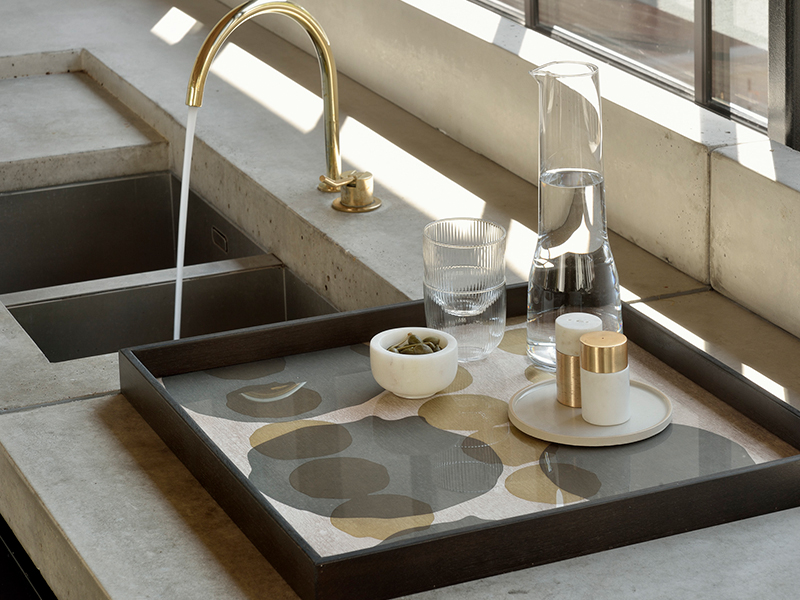
Customer service comes first for the Soul & Tables team – evident in the fact they offer free delivery and installation, lifetime warranties and complimentary maintenance, along with a no-questions-asked one-month return policy.
Soul & Tables’ decorative trays, in particular the latest Bronze Organic collection, continue to be popular, and make great housewarming gifts. They can change the ambience of a room, while also offering multi-use practicality when placed on a table, a wall or used with their tray tables as coffee tables or side tables.
You can view the store’s extensive range of home accessories online, so there’s no need ever to run out of interior design ideas again!
#02-03 & #02-09 Tan Boon Liat Building, 315 Outram Road
9272 1545 | soulandtables.com.sg
Woody Antique House
A stalwart of Singapore’s homeware stores scene for the past 23 years, Woody Antique House supplies Asian furniture, antiques and home accessories sourced from China, Tibet, Mongolia, Myanmar, India, Indonesia and Thailand.
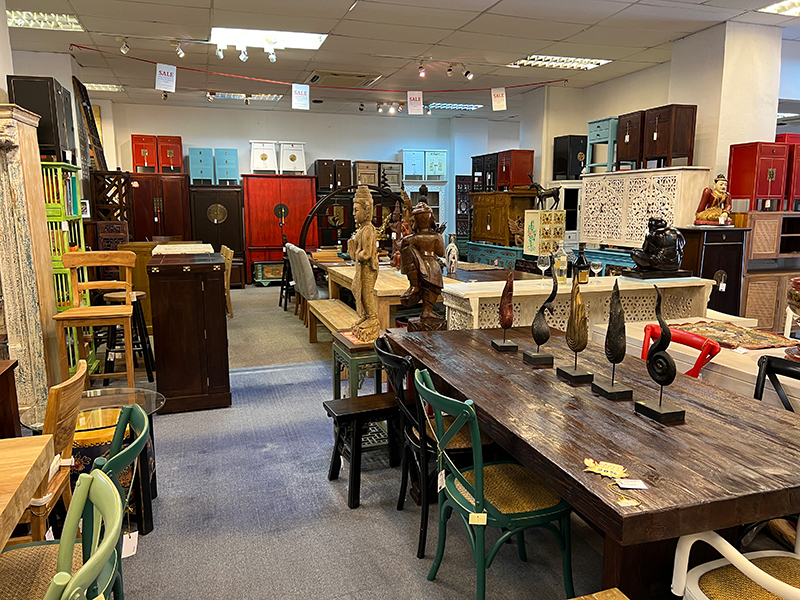
The store’s product range covers authentic antiques as well as reproduction and customised pieces. When you step inside, don’t be surprised to see everything from a 150-year-old Chinese wedding bed to old Mongolian sideboards. Chinese, Tibetan and Indian cabinets are also displayed, as well as coffee tables and dining tables made with antique doors from India.
Woody Antique House is also the sole reseller for the exclusive Domus Ventures range of outdoor furniture in Singapore.
A visit to see this homeware store in its new Tan Boon Liat Building showroom is highly recommenced. With its monthly shipments, it’s always a furniture treasure trove that deserves to be explored. Treat a friend (or yourself) to some housewarming gifts!
#13-03 Tan Boon Liat Building, 315 Outram Road
6471 1770 | woodyantique.com
Welcome Home
At this homeware store, you’ll find premium quality and durable stoneware, porcelain and fine china. These items come in gorgeous colours, designs and styles. Every ceramic piece is non-toxic and lead-free, microwave- and dishwasher-safe, and manufactured by Welcome Home’s factory in Indonesia.

The company has been manufacturing tableware ceramics since 1989 and exports its goods worldwide, mainly to the US and to Northern Europe and for premium tableware brands. But Singapore shoppers can visit its retails store to view the stylish collection in person.
#01-06 Enterprise One, Kaki Bukit Road 1
6920 9468 | welcomehome.com.sg
Island Living
Located in Eunos in Singapore’s East, Island Living offers a growing selection of furniture and homeware, and, more recently, kitchenware. This is where you can find your next cheese board, serving tray or salad bowl centrepiece and so many more cool home décor ideas at good prices.
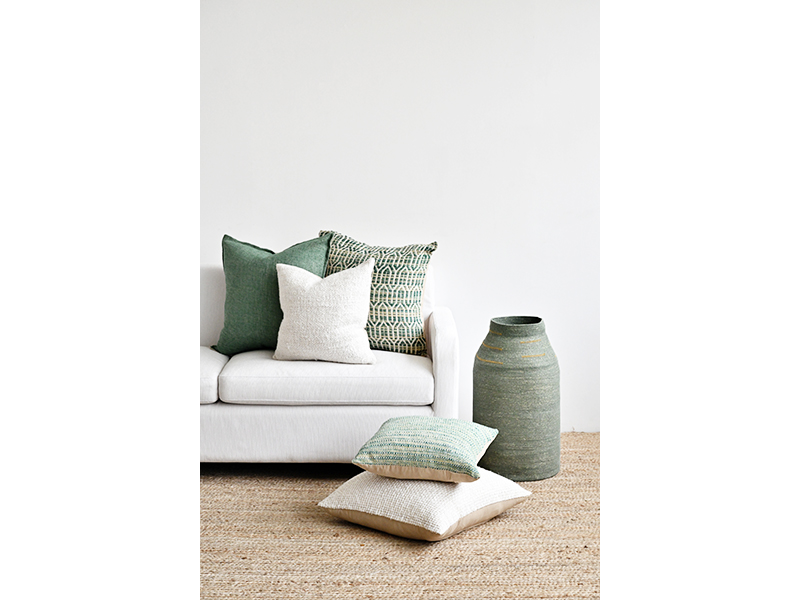
The range is handpicked by co-owner and interior designer Karin Rysgaard, and most things are handmade from a variety of natural materials including reclaimed teak or elm wood, stone, rattan, seagrass and sustainable mango wood.
Ever popular are the store’s rattan daybeds, Moroccan-style consoles and Havana beds. Then there’s the functional but stylish baby furniture range. Rattan furniture isn’t just for adults!
Shop online for free delivery above $80, or visit the showroom.
#06-03/04, 8 Kaki Bukit Ave 1
9772 9934 | islandliving.sg
Scanteak
For quality wood furniture and home accessories in Singapore, Scanteak combines the simplicity of Scandinavian designs with teak, one of the most sought-after wood materials. The company creates lasting, easy-to-maintain furniture pieces and home décor. This includes wooden sofas, bed frames and dining tables as well as stylish trays, condiment holders, wooden plates and accessories holders.
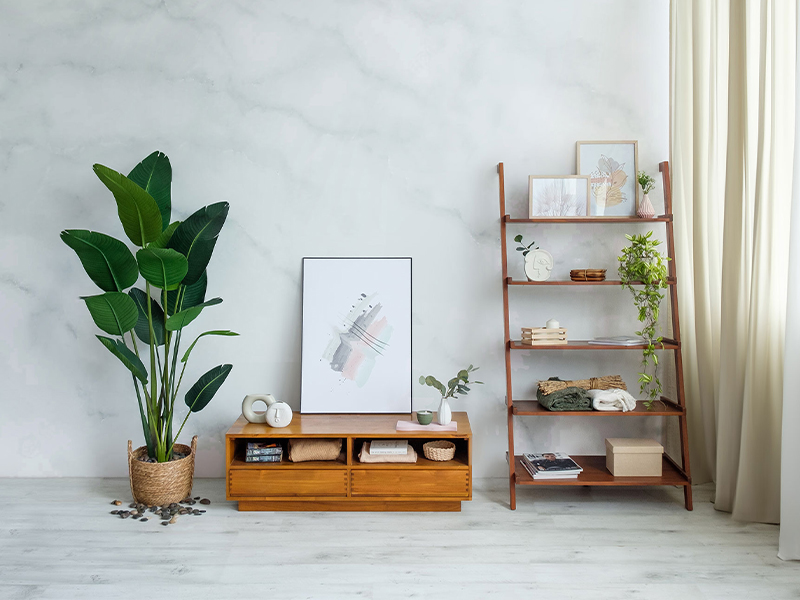
Durability is key at Scanteak. The tenacity of teak means durable products, and the brand focuses on long-lasting product design as well. One of the defining characteristics of Scandinavian home décor design is its emphasis on simplicity and functionality. The furniture at Scanteak reflects this philosophy.
As teak is such a precious resource, the Indonesian government strictly enforces responsible harvesting. This ensures the sustainability of its teak plantations. It’s from these regulated plantations that Scanteak sources materials.
Head to any Scanteak showroom to speak to their friendly consultants for advice on teak furniture, home accessories or even their German-engineered mattresses.
211 Henderson Road, #01-04/05
6376 1247 | scanteak.com.sg
Lux Interior Collection
This luxe home décor online shop offers three main product lines. There’s high-quality artisan-made faux floral and greenery with unique designs not seen in Singapore. They’re all handcrafted in the UK by professional florists and in stock in Singapore for delivery. You can also shop a large range of home accessories such as vases and bowls to add elegance to any room and style. Then there are statement pieces to really highlight your space. Examples include a Prancing Horse statue, or striking purple and pink slice of agate on a stand to really make your room pop.

There’s also a 15 percent discount off the total of your first order for Expat Living magazine readers. Just select the piece of unique home décor you want, and use the discount code ‘Expat15’ at checkout.
9271 4222 | luxinteriorcollection.com | sales@luxinteriorcollection.com
Just Anthony
This family-run business founded in the 1970s is a great spot for shopping a wide selection of antique furniture. Some pieces are in their original colour; others are refinished in distressed turquoise, teal and grey. Also stocked are classic replicas, modern reproductions and a wide range of oriental accessories that make perfect housewarming gifts.
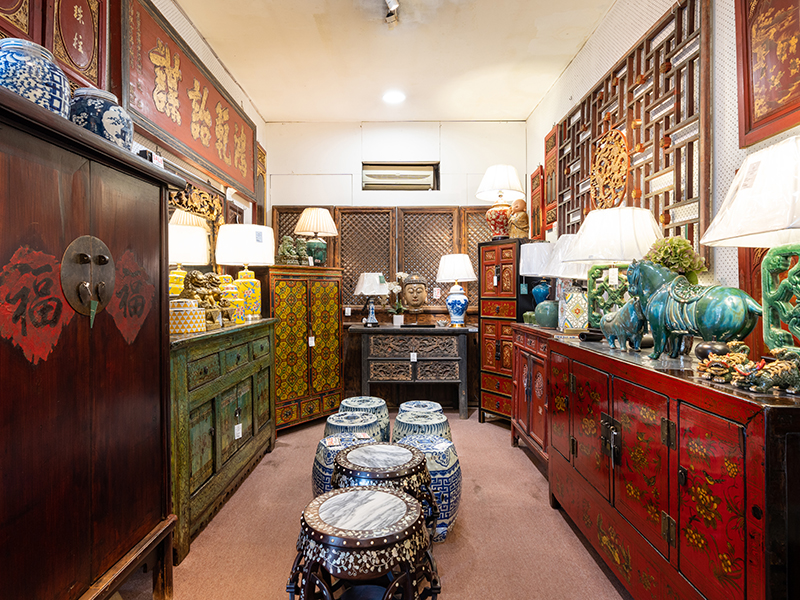
The owners’ dedication to sourcing unique antiques and their efforts to retain the original patina or natural de-colouration has made the store a must-visit destination for lovers of Chinese antiques and reproductions.
While older pieces are becoming harder to source nowadays, the company has met the challenges by stepping up its efforts to get a great variety of antique and vintage pieces from China.
379 Upper Paya Lebar Road
6283 4782 | justanthony.com
Casa Alessia
If you’re hankering for a taste of Mediterranean living, you’ll find perfect home décor pieces at Casa Alessia. Offering a unique selection of expertly crafted home and lifestyle products, the range features the calming tones of the Mediterranean for creating a soothing sanctuary at home.
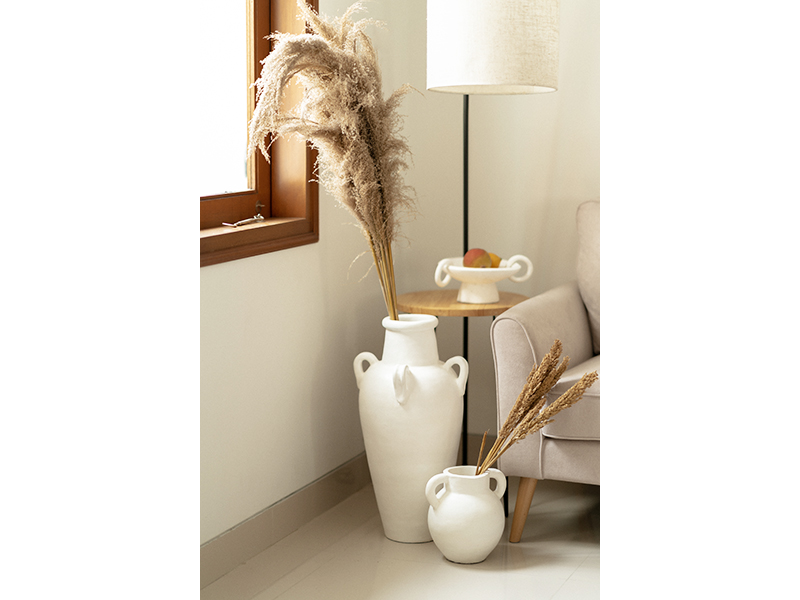
You’ll find housewarming gifts galore here, from cups, baskets, vases and bowls, to plant pots and more. There’s a sophisticated and uncluttered aesthetic here; the products are a blend of textures and natural elements with contemporary touches. It’s a fusion of traditional and contemporary designs focusing on both function and style.
Celebrating traditional craftsmanship, mindful living and spotlighting the beauty of nature are at the heart of what Casa Alessia does. Each piece is ethically made, with a fair-trade agreement to the makers from developing countries to help improve the economic conditions of their communities.
#05-16, 18 Kaki Bukit Road 3
hello@casaalessia.com | casaalessia.com
Naylaa & Co
Naylaa & Co.’s range of artisanal products are lovingly handcrafted in the beautiful landscapes of Scotland. Their diverse collection includes candles, aromatic reed diffusers, and luxurious bath and body essentials. Indulge in their organic shampoo and conditioner, fragrant soaps, invigorating hand wash, and luxurious body lotions and creams.
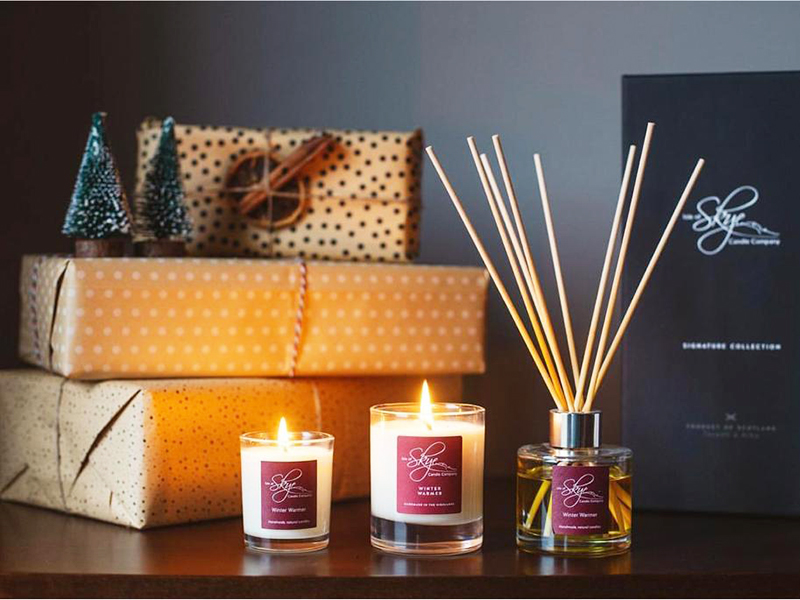
Their commitment to quality is reflected in every carefully curated item, ensuring a harmonious blend of nature and craftsmanship. Prices start at an affordable $35 for their exquisite tin candles, reaching up to $100 for a gift box that encapsulates the essence of Naylaa & Co. A monthly subscription option is available through their website giving customers the chance to enjoy their favorite products or scents regularly. Naylaa & Co.’s organic, handmade treasures are a testament to their passion for excellence and natural living.
10 Tampines Central 1
#04-K08, Tampines 1
6640 1980 | Naylaa.net
Like these homewares? Read on for our huge guide on where to live in Singapore!


